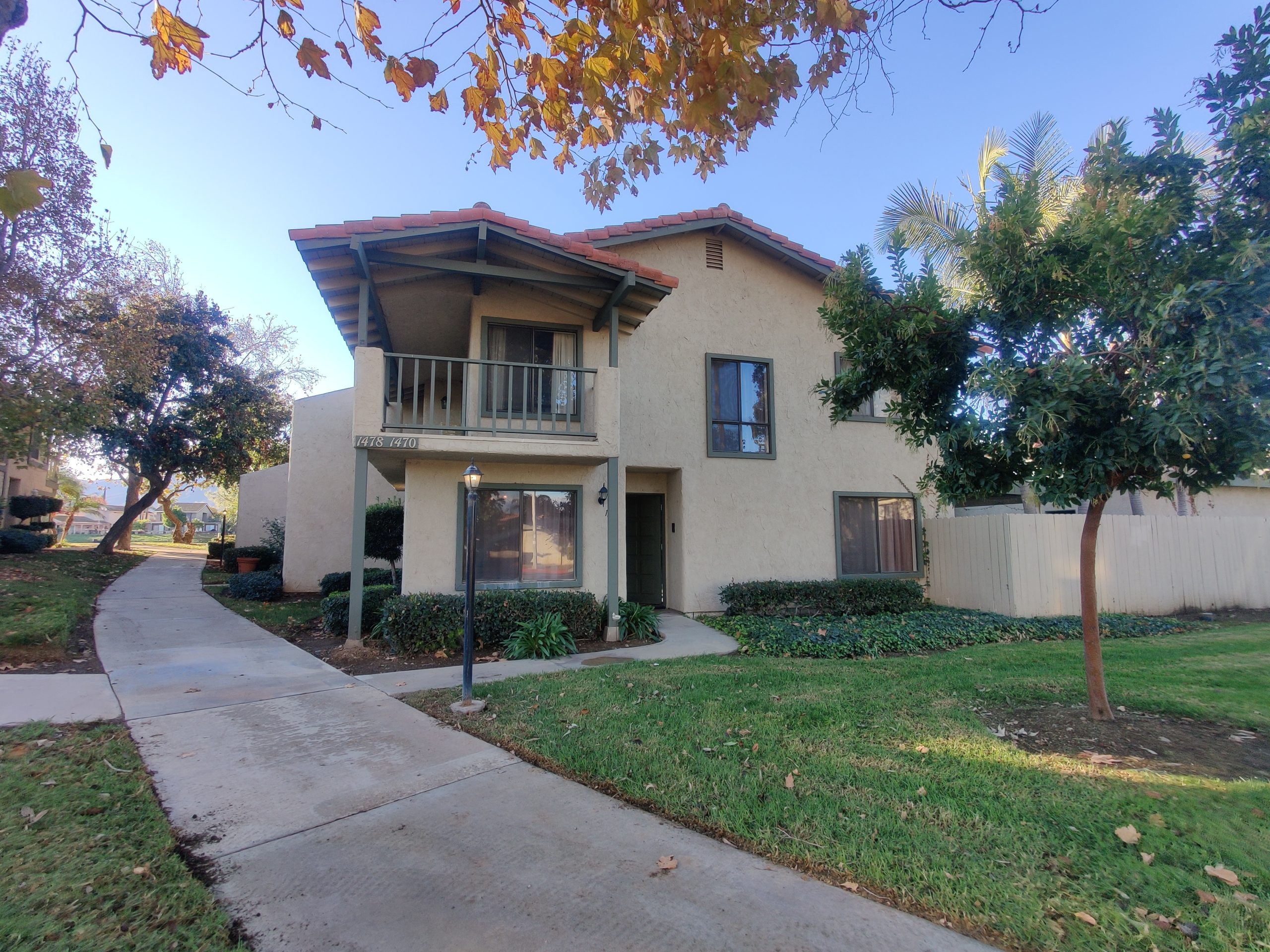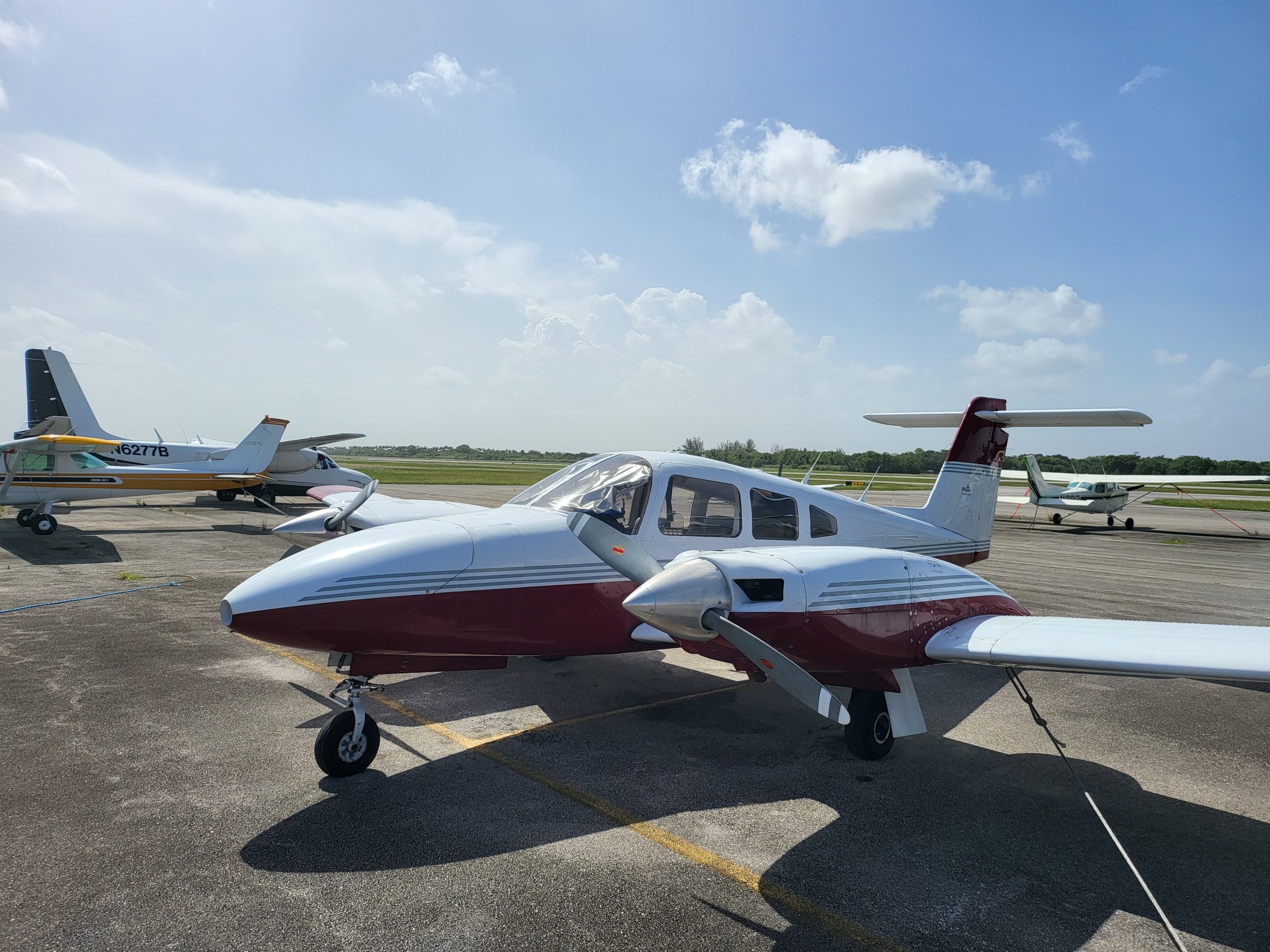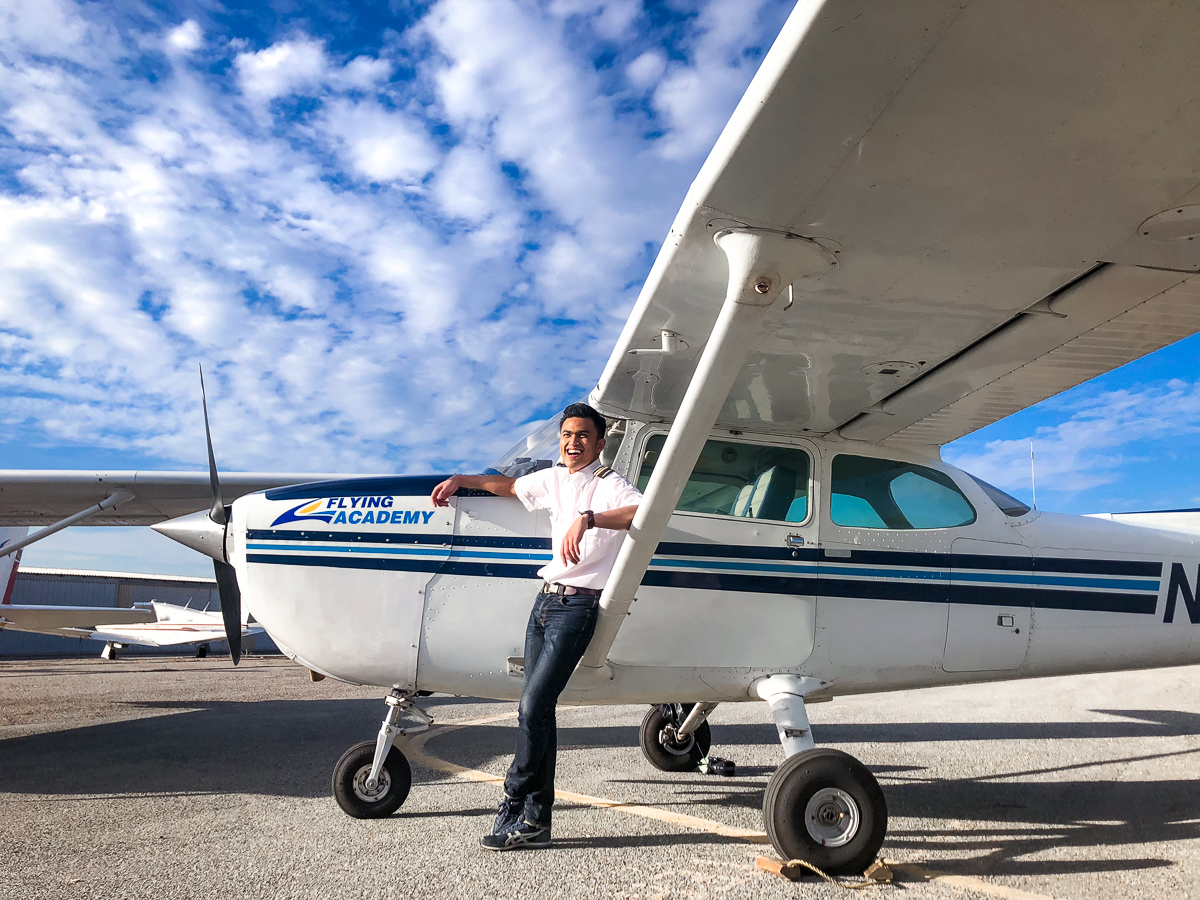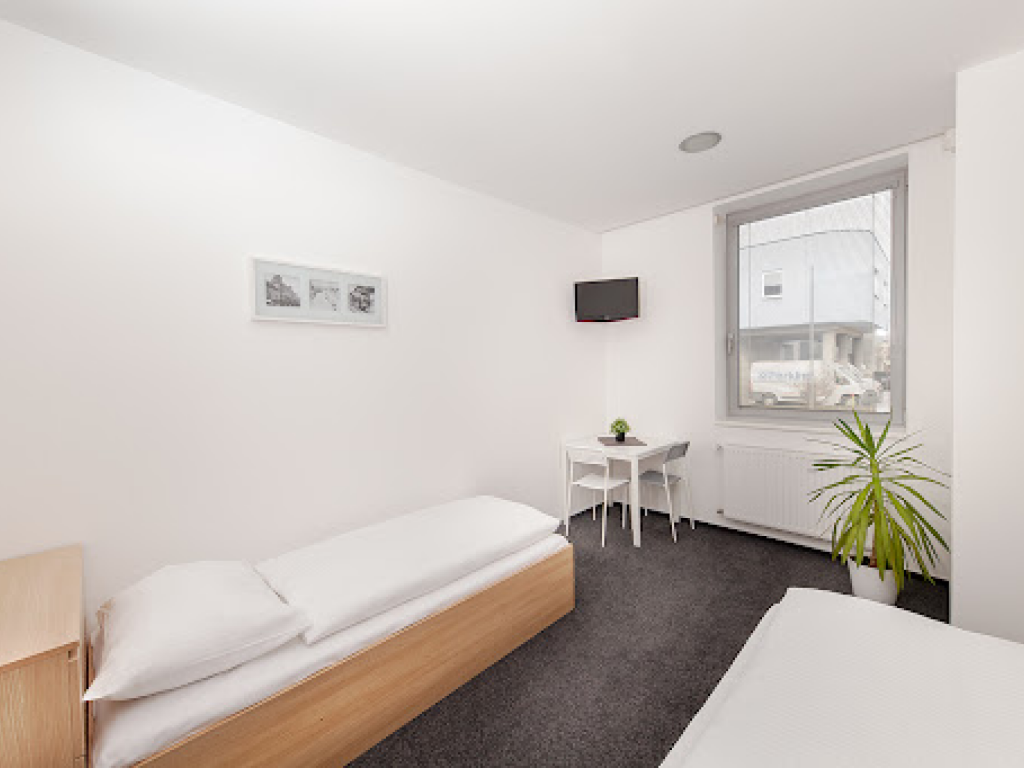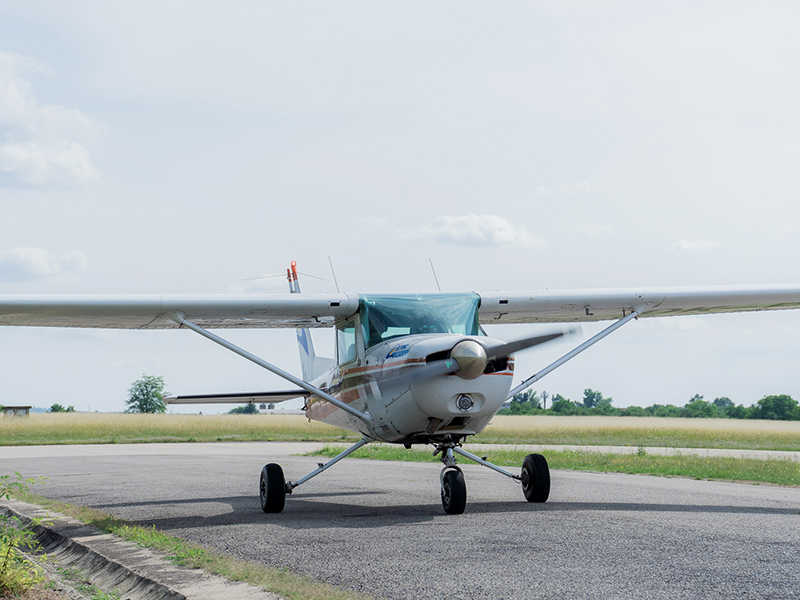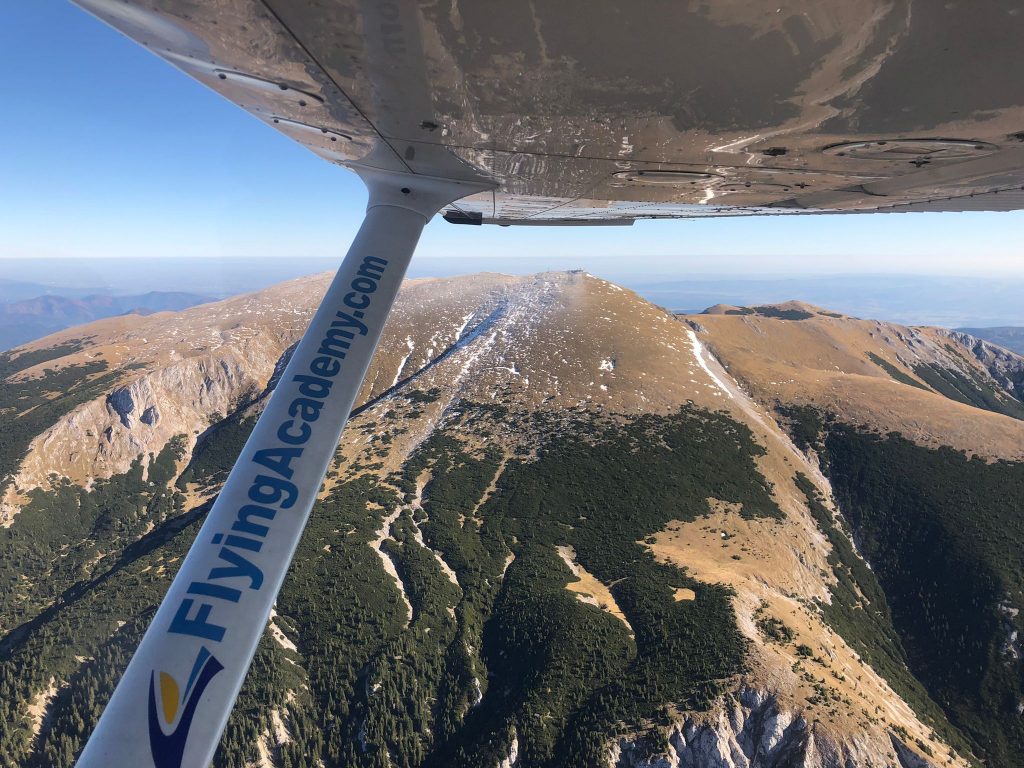Previous slide
Next slide
Course Benefits!
- You will achieve both FAA and EASA Licenses.
- Get your complete theoretical courses online to maximize your time and save money.
- Best weather all year round in Florida and Los Angeles for more flying hours and faster progress through the training.
- Gain more experience in various busy airspaces.
- Best infrastructure with no landing fees, and no communication fees in the USA.
- Tower airports, paved runways, and instrument lights.
- Incredible prices on aircraft rentals.
- Experienced international flight instructors.
- Constant support throughout the course of your training in both the USA and Europe.
- Tailored specifically to simplify the conversion process to EASA.

